How to Avoid Buying a Car With Fake Service History in Dubai
Buying a used car in Dubai can save you money, but it also comes with risks, especially if the car has a fake service history. The service record of a car tells you how well it has been maintained over time. If this record is fake or incomplete, you could end up with a vehicle that looks fine on the outside but has serious hidden problems.
In this blog, Drive UAE will explain why fake service histories are a big issue in Dubai, how to spot red flags, and how to verify a car’s records.
Why Fake Service Histories Are Common in Dubai
Dubai’s used car market is large and fast-moving. Many cars are bought, sold, and exported every day, and not all sellers are honest. Some used car dealers or individual sellers forge service records to make a car look well-maintained. This helps them sell it for a higher price or hide serious issues like:
- Engine or transmission problems
- Tampered mileage
- Lack of regular maintenance
- Previous accidents
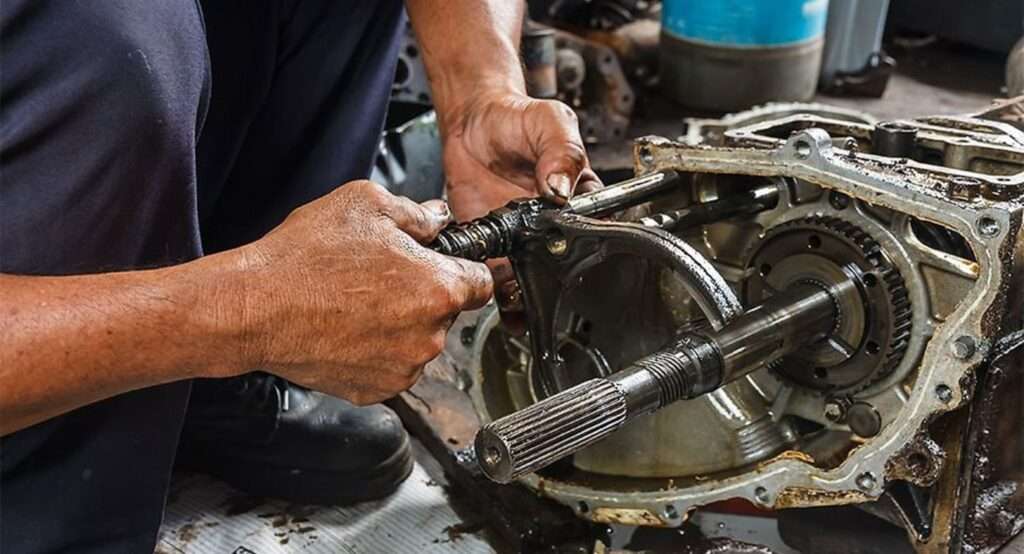
Since many cars in Dubai are imported or exported, tracking their full history is not always easy, which opens the door to fraud.
How Service Records Work in the UAE
In the UAE, car service histories are usually recorded in two ways:
1. Official Dealer Records
If the car was serviced at an authorized dealership (like Al-Futtaim or Arabian Automobiles), its maintenance history is usually recorded in the dealer’s system. These records are digital and reliable.
2. Independent Garages
Cars that were serviced at small or private garages might have paper records or handwritten entries. These are harder to verify and can be easily faked.
You can also check a car’s history using official government platforms:
- Emirates Vehicle Gate (EVG): Offers accident and service history reports using the car’s chassis number.
- RTA Vehicle History Report (Dubai only): Gives details about the car’s previous owners, mileage, and inspection history.
- MOI Portal: Can show accident records, insurance info, and more.
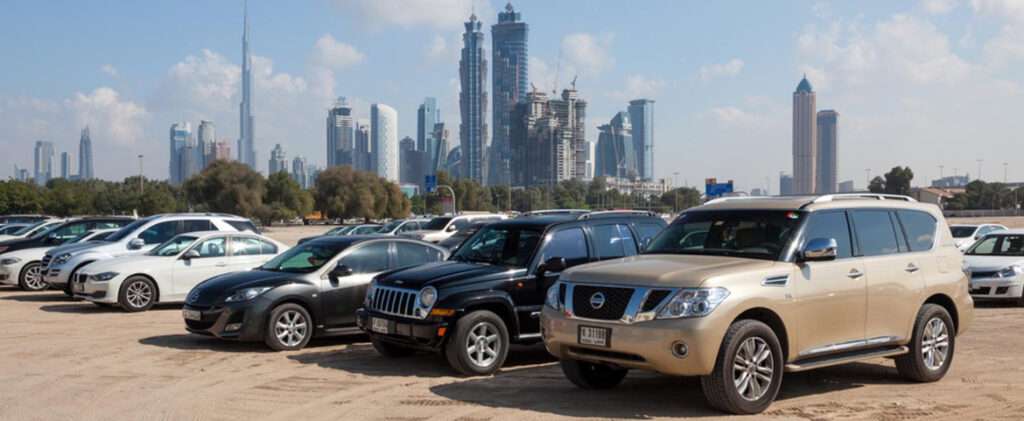
Red Flags of a Fake Service History
Watch out for these warning signs when looking at a car’s service book or records:
- Inconsistent Mileage: Big jumps or drops in mileage between services.
- Missing Stamps: No dealer or garage stamps, or the stamps look printed or blurry.
- Handwritten Only: No digital or printed entries, which makes them easy to fake.
- Too Perfect: A 5+ year-old car with no major repairs? That’s unlikely.
- Poor Condition vs. Record: If the car looks worn out but the records say it’s “perfect,” something’s wrong.

How to Verify a Car’s Service History in Dubai
Here are practical steps you can take to check if a car’s service history is genuine:
1. Check Online Platforms
- Go to Emirates Vehicle Gate and enter the car’s chassis number to check for accidents and service history.
- If buying in Dubai, request the RTA Vehicle History Report.
- You can also use the Ministry of Interior (MOI) website to check for traffic fines, accidents, and more.
These tools help verify whether the service dates and mileage match the seller’s claims.
2. Call the Dealership
If the car was originally serviced by an authorized dealer, you can call them and ask about the records using the VIN (Vehicle Identification Number) or chassis number. Most dealers will confirm basic info for free.

3. Get a Pre-Purchase Inspection
Hire a professional mechanic or use a service like Tasjeel, CarSwitch, or Gargash Auto to inspect the car. They can compare the physical condition to the reported service history and spot any mismatches.
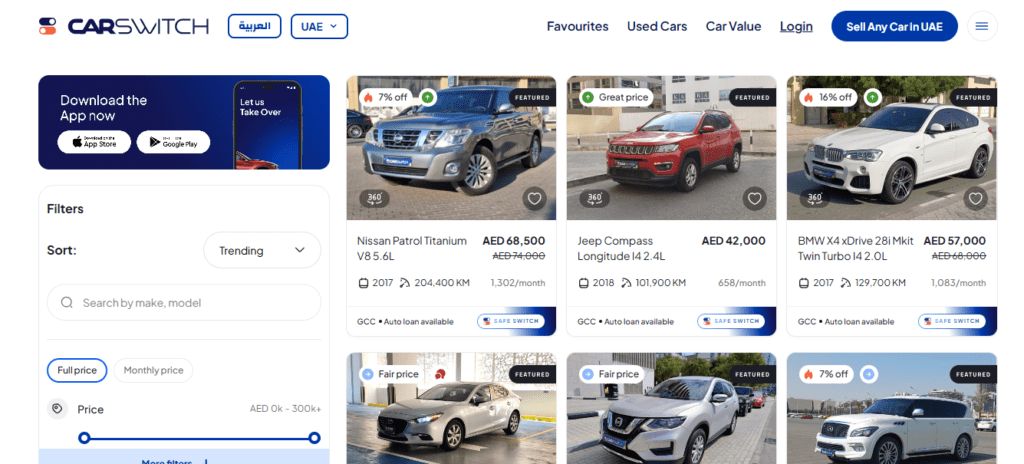
4. Inspect the Car Yourself
- Check for signs of wear on the steering wheel, pedals, and seats.
- Look under the hood for oil leaks, rust, or engine wear.
- Compare the condition of tires and brakes with the mileage, they should match.

Tips to Avoid Buying a Car With a Fake History
Follow these smart tips to stay safe:
- Buy From Reputable Dealers: Choose certified pre-owned (CPO) vehicles from official dealerships. They offer verified history and warranties.
- Use Verified Platforms: Websites like Dubizzle, YallaMotor, and CarSwitch often list cars with verified service and accident histories.
- Always Ask for the VIN or Chassis Number: Use this number to run checks on official portals or call the manufacturer’s service centers.
- Don’t Rush: Take your time. If something feels off or the seller is pressuring you to make a quick decision, walk away.
- Get Everything in Writing: If the seller claims the car has a full service history, ask for documented proof and include it in the sale agreement.

What to Do If You Suspect a Fake Service History
If you’ve already bought a car and now suspect that its service history was faked, here’s what you can do:
- Report It to RTA or Consumer Protection: File a complaint with Dubai’s Roads and Transport Authority (RTA) or Department of Economic Development (DED).
- Consult a Lawyer: If the value of the car was significantly impacted, you may have a legal case.
- Avoid Reselling Without Disclosure: Selling the car without correcting the record or informing the next buyer could get you into legal trouble.
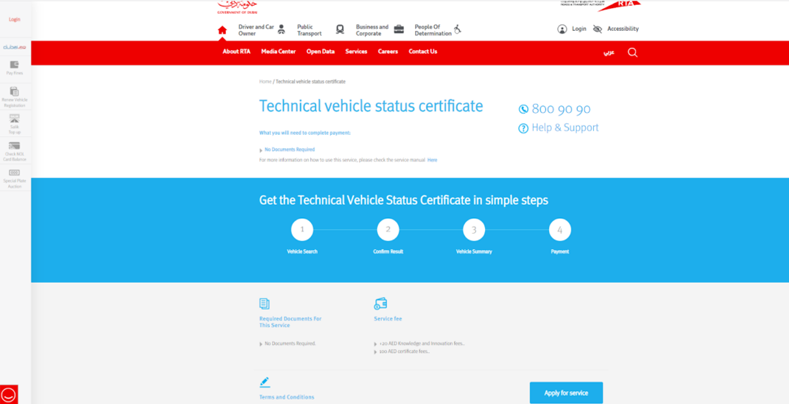
Conclusion
Buying a used car in Dubai doesn’t have to be risky if you take the right precautions. Always verify the service history using official tools, scrutinize the vehicle, and never rely on a seller’s word alone. A little extra time and effort now can save you from big headaches (and expenses) down the road.

